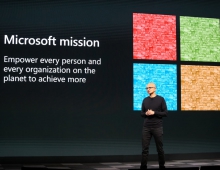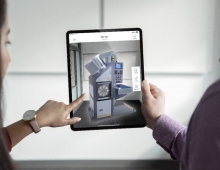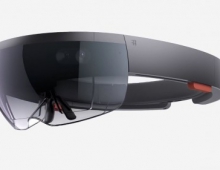
Microsoft Opens Windows Holographic to Partners, Skype And Office Coming To Xiaomi Android Smarphones
Microsoft unveiled at Computex the Windows Holographic platform based on its Windows 10 software catering to virtual and augmented reality technology developed by other companies. Windows Holographic will enable rival headsets, such as HTC's virtual reality device Vive, to interact with Microsoft's own Hololens as well as each other, Executive Vice President Terry Myerson said at the Computex trade show in Taipei on Wednesday. Partners will be encouraged to build personal computers, displays and accessories for the platform to develop experiences mixing the reality technologies.
Windows Holographic offers a holographic shell and user interface, perception APIs, and Xbox Live services, enabling a familiar experience across apps and content. All Universal Windows apps can run on the Windows Holographic platform.
In addition to opening up Windows Holographic to its partner ecosystem for the future, Microsoft is working with Intel, AMD, Qualcomm, HTC, Acer, ASUS, Dell, Falcon Northwest, HP, Lenovo Group Ltd., MSI and many others to build a hardware ecosystem supporting virtual reality experiences on Windows 10.
Microsoft promised to offer more details about Windows Holographic at WinHEC this fall in Shenzhen and Taipei.
Microsoft also today that it has expanded their partnership with Xiaomi.
As part of the agreement, Xiaomi will ship Microsoft Office and Skype on Xiaomi Android smartphones and tablets.
Beginning in September 2016, Xiaomi Android devices, including Mi 5, Mi Max, Mi 4s, Redmi Note 3 and Redmi 3, will come pre-installed with Microsoft Word, Excel, PowerPoint, Outlook and Skype applications. Specific offerings may vary by device, market and mobile operator.
Both companies declined to discuss financial terms of the deal.



















